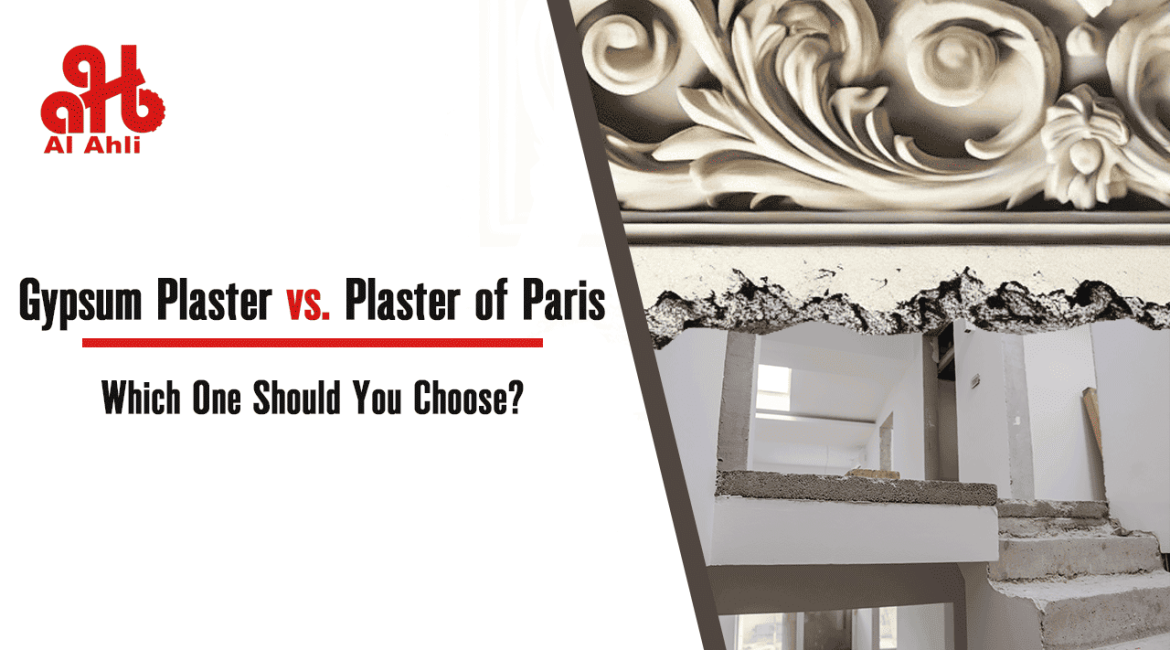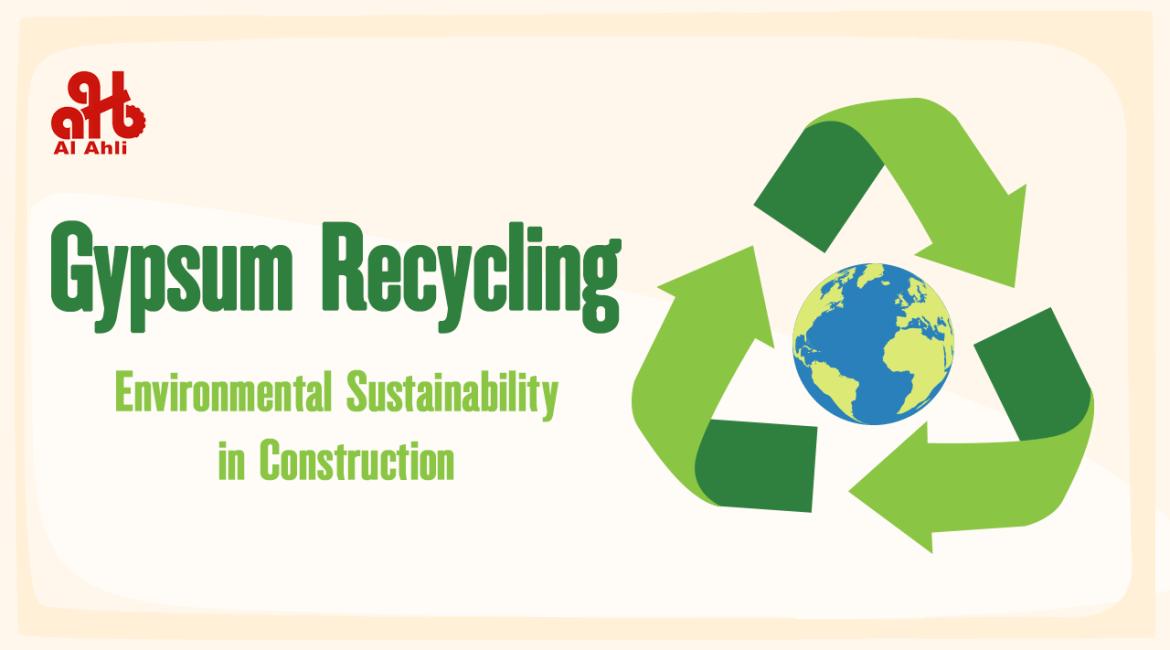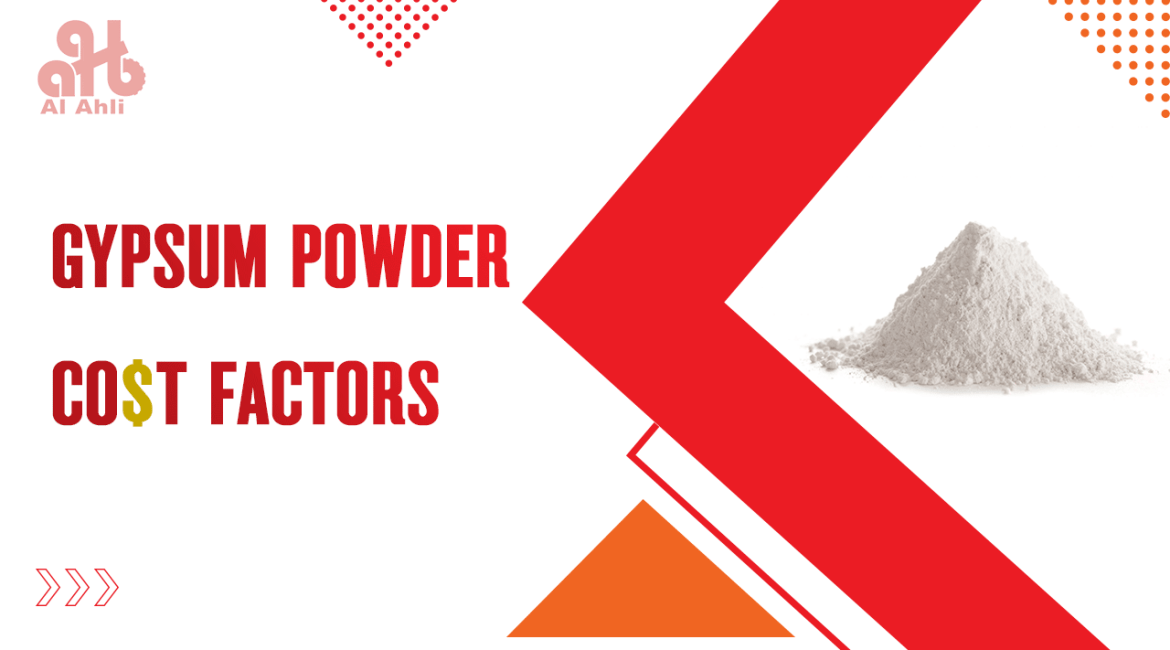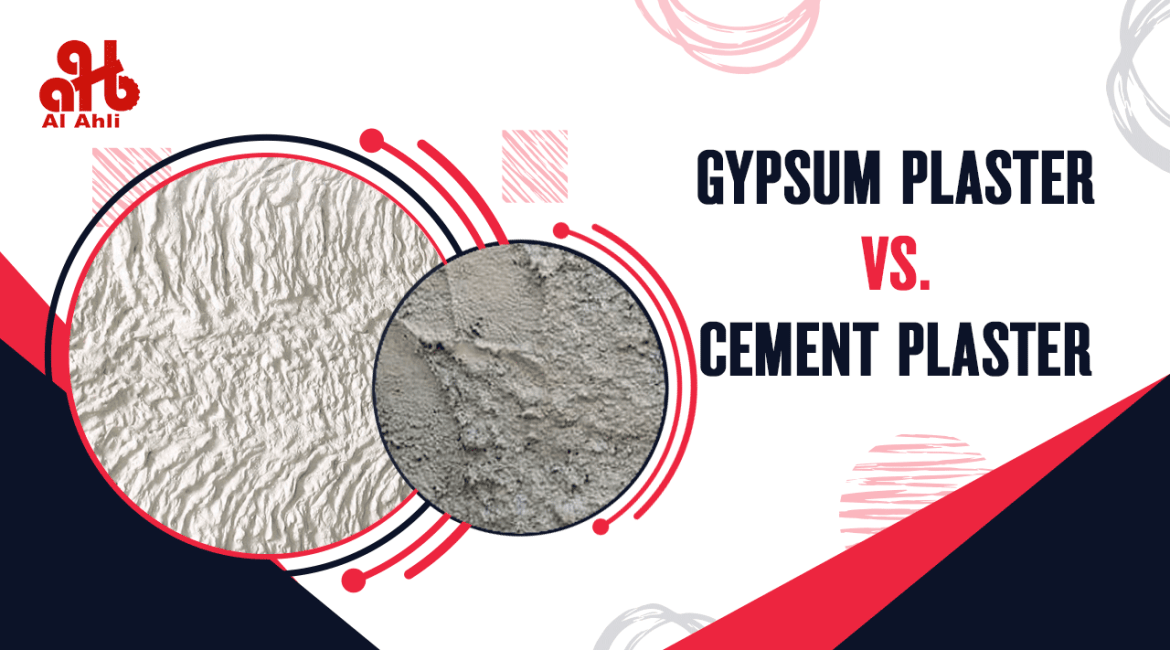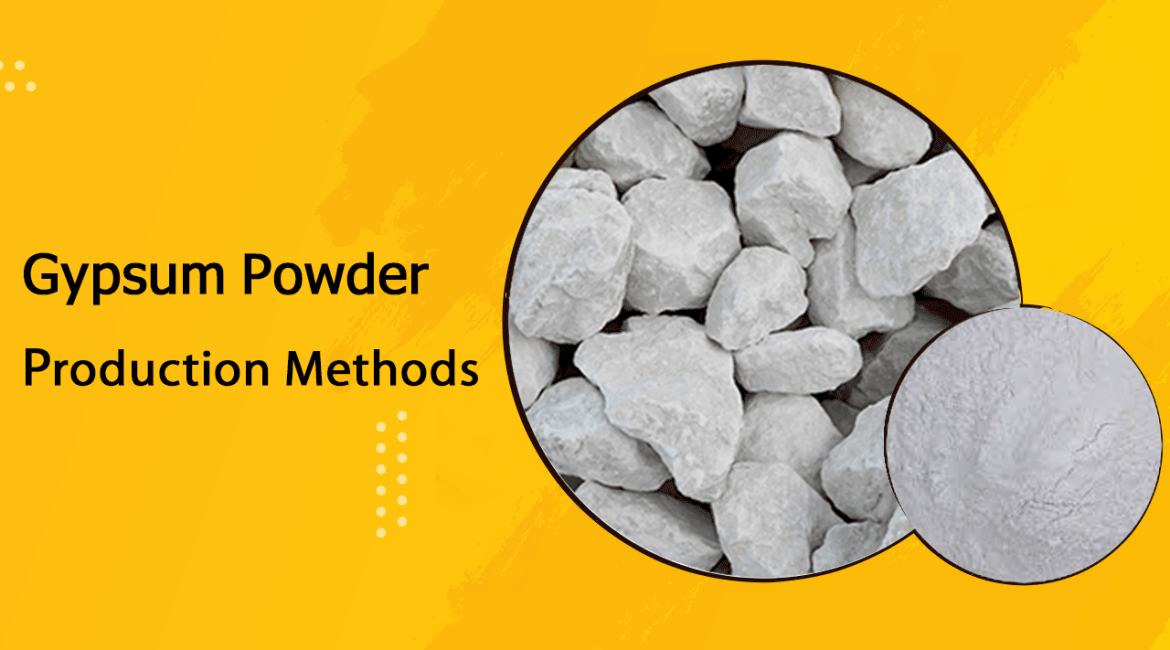Gypsum Decorative Panels Gypsum decorative panels have revolutionized interior design, offering a perfect blend of functionality and aesthetic appeal. These panels, made primarily from gypsum plaster, are not just versatile but also an eco-friendly solution for enhancing interiors. Whether used in homes, offices, or commercial spaces, gypsum panels provide a...
Exploring Gypsum: Types, Uses, and Market Trends in 2024
Understanding Gypsum and Its Varied Forms Gypsum is a versatile mineral widely used in construction, agriculture, and industrial applications. Composed primarily of calcium sulfate dihydrate (CaSO₄·2H₂O), its utility spans multiple industries due to its properties such as durability, thermal insulation, and ease of shaping. Recent advancements and market insights have...
Ultimate Guide to Gypsum Wall Partitions
Types, Benefits, and Installation Tips Gypsum wall partitions, which are gypsum plaster based material, are an increasingly popular choice in interior construction, providing a flexible, cost-effective, and highly adaptable solution for dividing spaces. Often used in residential, commercial, and industrial buildings, gypsum wall partitions serve as an alternative to traditional...
Gypsum Plaster vs. Plaster of Paris: Which One Should You Choose?
Gypsum Plaster vs. Plaster of Paris Plastering is a vital aspect of construction and interior design, serving both structural and aesthetic purposes. Two of the most popular materials used for this purpose are gypsum plaster and Plaster of Paris (POP). Though they are sometimes used interchangeably, they differ in their...
Drywall vs. Traditional Gypsum Wall: A Comprehensive Comparison
Comparison between drywall and traditional gypsum wall Drywall introduction Drywall, also known as plasterboard, wallboard, gypsum board, or sheetrock, is a widely used construction material for creating interior walls and ceilings. Here are the key points about drywall: CompositionGypsum Core: Drywall consists of a layer of gypsum plaster, which is...
Plaster’s Comeback
Why Designers Are Embracing This Classic Material Again Plaster has been a staple in construction since the era of the ancient Egyptians. In the United States, it played a significant role in residential building prior to World War II. Its long-standing popularity can be attributed to its ease of application...
Gypsum Recycling: Environmental Sustainability in Construction
Gypsum recycling Process of recycling construction gypsum waste into a raw material. DefinitionGypsum recycling involves turning gypsum waste from construction into recycled gypsum for use as a raw material in new products.Sources of Gypsum WastePrimarily consists of waste from gypsum boards like drywall, wallboards, and includes gypsum blocks and plaster.Recycling...
Gypsum Powder Cost Factors
Gypsum Powder Cost Factors The cost of gypsum powder is influenced by several factors, including:Quality: Higher-quality gypsum powder typically comes at a higher price due to the superior materials and manufacturing processes involved.Quantity: Buying gypsum powder in bulk can often lead to cost savings. It is essential to accurately calculate...
Gypsum Plaster VS Cement Plaster: Best Choice for Interior Walls
Gypsum Plaster: A Versatile Construction Material Gypsum plaster is a type of plastering material made from gypsum rock that is found naturally and is dried down to make plaster powder. It is created by adding water to the powder, which causes the gypsum to chemically combine with water and harden....
Gypsum Powder Production Methods
Gypsum Powder Production Steps The production methods of gypsum powder involve several key steps. Firstly, the raw gypsum ore is crushed into small particles smaller than 30mm using a crusher. This crushed material is then transported to a storage bin for standby. Subsequently, the gypsum raw material goes through a...




